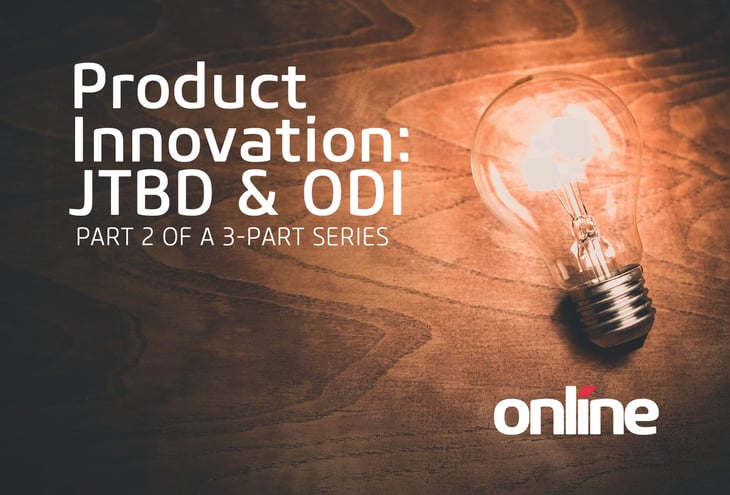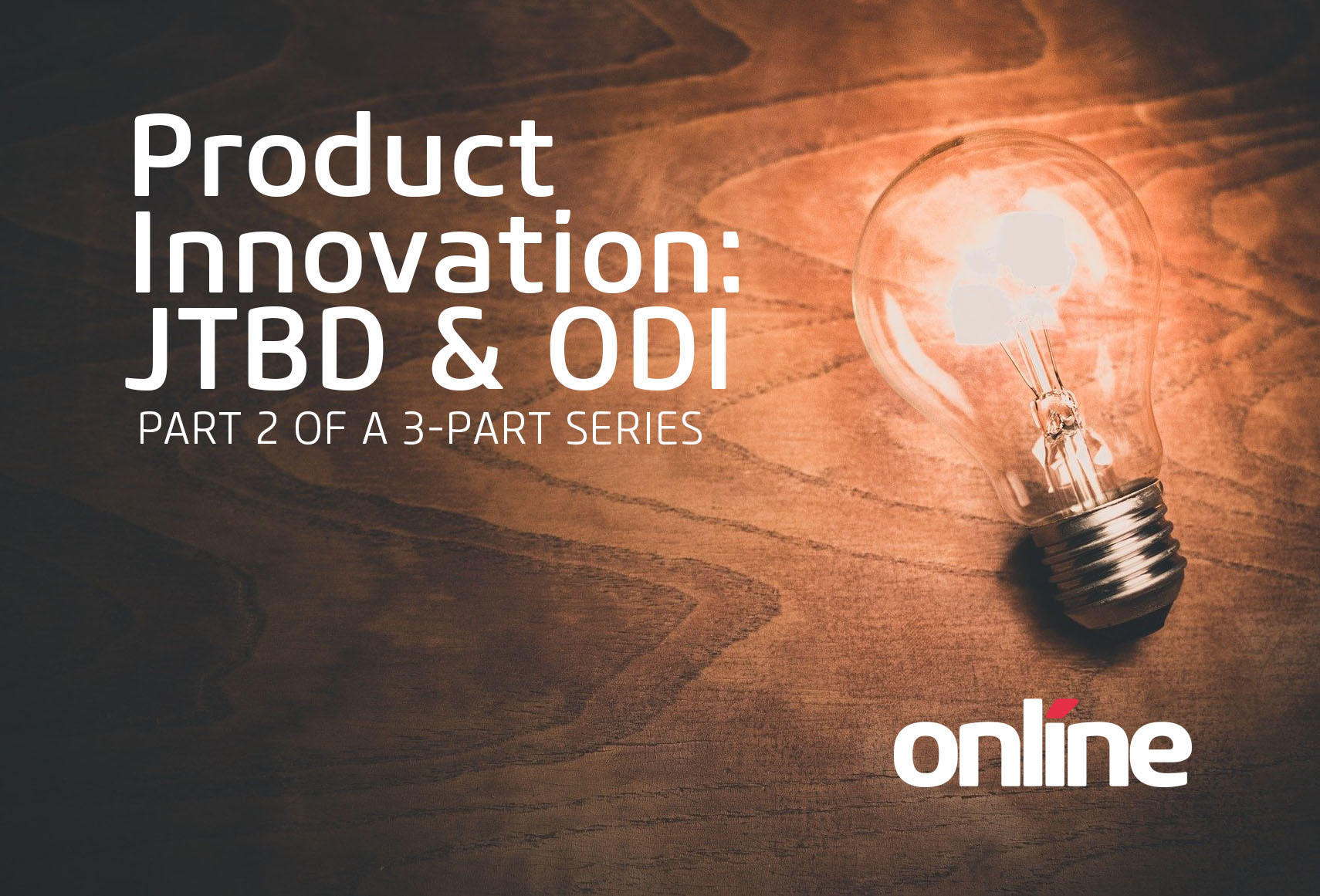Michael Porter’s definition of a value proposition is an exercise in strategic choices about customers, needs, and price. The goal for any business is to have its value proposition speak directly to their customers and produce the expected company bottom line.
How do you ensure the product you offer to your customers provides them with the best possible value? Are you solving their problems, meeting the expectations and obtaining the benefits they expected from your products?

The Evolution of Innovation
In the past, product design used an idea-driven approach to define the requirements for new features. Since then, it has evolved to a customer-centric approach where we use concepts like the Empathy phase of design thinking to understand customers’ thoughts and feelings to help identify their requirements. A lean process is used, based on the identified needs, to try, fail fast, learn, and try again, graduating from low fidelity prototypes to released products.
The following diagram represents this process; however, it is a painful, costly exercise, and the statistics show that a high percentage of products still fail in the marketplace.
Product innovation does not have to be this way:

Success in Innovation
What if you could measure the value your customers get from using your products? What if you could actually put a number to it? And then, based on those numbers, identify where to innovate quickly and accurately? Strategyn’s Job-to-be Done (JTBD) & Outcome-Driven Innovation approach (ODI) accomplishes this.
Using ODI, we measure how important the customer’s needs are and how satisfied the customer is with the tools they use today. This allows us to hear the customer’s voice, accurately, pinpoint the customer’s unmet needs and identify opportunities for product innovation.
The key is to obtain two sets of data;
1) Which job the customer is trying to get done and
2) The desired outcomes customers are trying to achieve.
Step 1: Define the Job-to-be-Done
By understanding the customer’s job, you are looking at the design problem through the customer’s lens, independent of the product they are using and the company they purchased it from.

This quote, which was made famous by Theodore Levitt, forms the foundation for the Jobs-to-be-Done Theory: the notion that people buy products (like drills) to get a “job” done (e.g., create a quarter-inch hole).
The job of drilling a hole has not changed, but the tools available to you to complete the job have changed considerably over time, but they have no geographic boundaries, and the job is stable over time – drill a quarter-inch hole.

Companies are in business to create products that help customers get a job done. The JTBD is the core unit of analysis required to understand the customer’s unmet needs and to design a product that will succeed in the marketplace.
Step 2: Understanding Outcomes
As discussed, the starting point for product innovation is understanding the customer’s JTBD. As Anthony Ulwick says, “Uncovering the customer’s desired outcomes is the real key to success at innovation.” Desired outcome statements give voice to precisely how customers measure success and the value they get when executing the job.
For the job 'Teaching English as a second language,' an example desired outcome statement may be, 'Minimize the likelihood that students will demonstrate poor comprehension of English text.'
Outcome statements must be devoid of solutions, measurable, controllable and guides the creation of customer value. While the job allows us to frame the problem, outcome statements describe how it is possible to get the job done better and cheaply.
If the job of “drilling a hole” using your product did not meet any of the critical outcomes, it executed poorly in the eyes of the customer.
Understanding how important these outcomes are and how satisfied the customer is with the product they are using will point you directly and accurately to the unmet needs. It is from these unmet needs that product innovation can occur with a high degree of success, customer value and enhances the company’s bottom line.
Step 3: Innovation at its Best – an Example
The following are example desired outcome statements for the job “Drilling a hole.” Also included is a measure of customer importance and satisfaction as determined by surveying a statistically valid number of customers. As you can see, outcome statements #1 and #2 are deemed important (values of 8 and 6), and customers are unsatisfied with their outcome using your product (values 3 and 4).
These two outcome statements are the unmet needs of your customers, and they point you directly where to spend your time and money to innovate. By addressing these unmet needs in your product, it will be a marketplace winner.
|
|
Outcome |
Important |
Satisfied |
|
1 |
Minimize the likelihood of not installing the bit correctly |
8 |
3 |
|
2 |
Minimize the amount of time to drill the hole |
6 |
4 |
|
3 |
Minimize the likelihood the hole Is not deep enough |
4 |
7 |
|
4 |
Minimize the amount of dust in my eyes |
2 |
5 |
|
5 |
Minimize the likelihood of breaking the bit |
2 |
5 |
|
6 |
Minimize the amount of time it takes to find the correct bit |
1 |
7 |
JTBD and ODI are the keys that unlock the mystery that has, for decades, been clouding the understanding of customer needs, points out Anthony Ulwick. Knowing how to classify and measure customers’ needs is a game-changer.
Are your customers benefiting the most from your products and services? If not, you may have new revenue-generating opportunities.
Let’s take your team on a transformative innovation journey with a 1-day JTBD+ODI workshop. Contact us today, and one of our consultants will be in touch shortly.

.png)


Submit a Comment